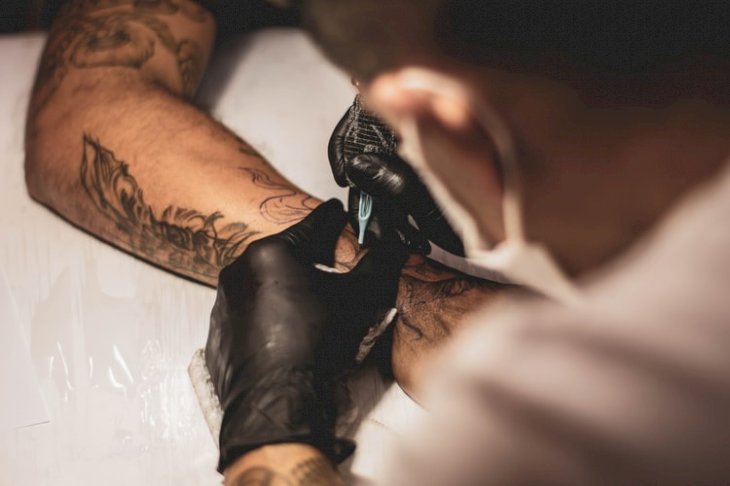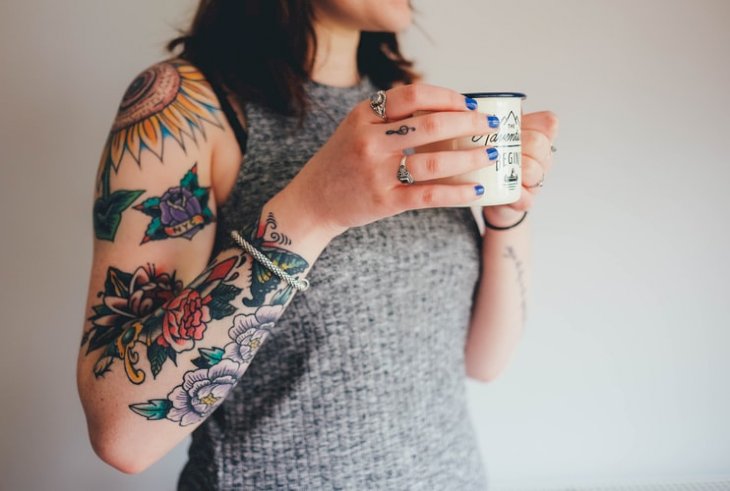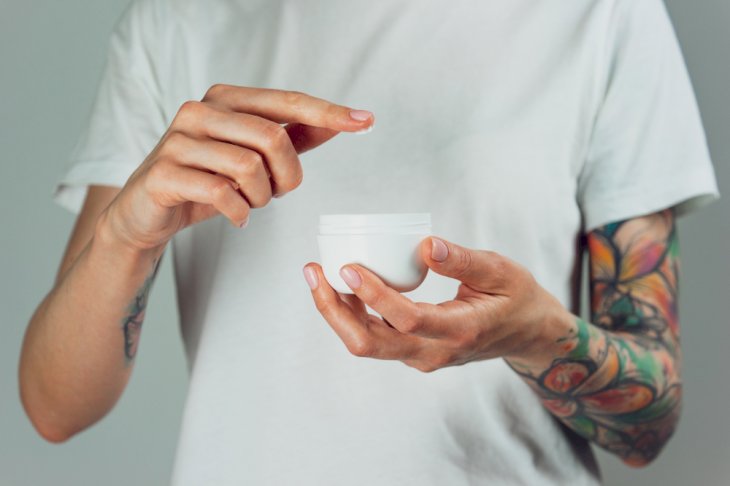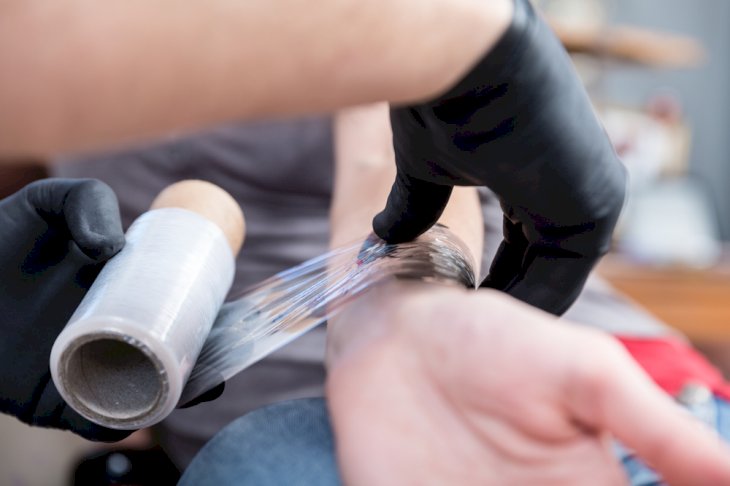
A Comprehensive Guide To Taking Care Of Your Tattoo
For a successful tattoo, relying on a professional tattoo artist is the first step, but that's not all. It is of fundamental importance, in fact, to take care of the tattoo during the period following the execution of the tattoo.
It is essential to protect it from external agents, such as germs, bacteria, and dirt. In addition, it is vital to pay close attention to aftercare so that the tattooed skin regenerates quickly, allowing the perfect success of the tattoo.
The tattoo is, in effect, a wound, and you need to know how to care for it so that healing occurs in the best possible way.
Post-Tattooing

Photo by Lucas Lenzi on Unsplash
The healing process has always been considered an integral part of the tattoo, but only over time have we understood how important it is. From the moment we get up from the tattoo artist's couch, the responsibility for the tattoo is ours.
As sparkly, colorful, and beautiful as it is, we must remember that the tattoo is an open wound. Like all wounds, even a fresh tattoo is particularly sensitive to germs and bacteria.

Photo by Annie Spratt on Unsplash
Performing proper care ensures that the tattooed area remains clean and does not become infected. Furthermore, in this way, we can ensure that the healing process is as fast and efficient as possible.
Poorly treating the tattoo causes the healing process to slow down, and, consequently, there is the possibility that the scabs that are formed do not fall naturally but tear, taking away parts of the tattoo. Therefore, a well-done post-tattoo will ensure that the tattoo is maintained over time, without lines or parts of color skipped.
After The Tattoo

Shutterstock
Once the execution is finished, the tattoo artist will spread a veil of Vaseline on the tattoo and cover the area with transparent film. You must know that Vaseline is a very thick cream that softens the skin and reduces bleeding during tattoo execution.
This is why it is used both during the realization of the tattoo and immediately after as a first therapy. The film, or cellophane, is used as a barrier to prevent dust and dirt from coming into contact with the wound. This significantly reduces the risk of infections.
Remove The Film

Shutterstock
After two to four hours, you must remove the film to allow the skin to breathe. In summer or during the hottest periods, it is generally held for less time due to excessive sweating, which increases the risk of bacterial growth.
After removing the film with clean hands, wash the tattoo with warm water and mild soap. Pat the area dry and apply the cream of choice. The important thing is to use a moisturizing and fragrance-free one.

Shutterstock
Avoid cortisone, antibiotic, alcoholic, and perfumed ointments. They would affect and slow down healing and, as a result, could ruin your tattoo. Also, avoid Vaseline: it is a greasy ointment and is used only as a first therapy.
It would act as a plug, preventing normal skin perspiration and slowing healing. Wash your tattoo with mild soap and warm water 3 to 5 times a day and, each time, apply a thin layer of cream after completely drying the area.
Things To Avoid

Photo by Angelika Agibalova on Unsplash
Avoid the swimming pool for at least two weeks after your tattoo. Also, avoid over-exposing your tattoo to the sun and resist the temptation to scratch it. If the itching is unbearable, spread a thin layer of cream over the tattoo and massage it gently.
The use of the cream is essential in tattoo care. But try not to use too much: you risk suffocating the area and slowing down healing. Remember that the tattoo is a wound and, as such, the skin must breathe to heal quickly and correctly. If you accidentally apply too much, blot the area with a clean napkin and wipe off the excess.